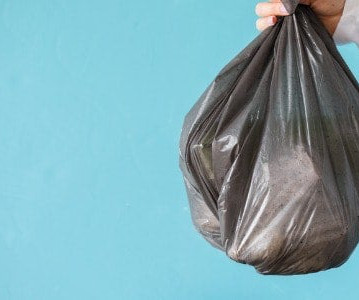When Pressing Delete Is OK: Learn How to Eliminate ROT in Your Organization
AIIM
JANUARY 22, 2020
This causes enough problems by itself, but when you then add to the pile all the redundant, obsolete, and trivial (ROT) information you have in your systems, on your file shares, and in every other possible location, it’s a real nightmare. Don’t Let Your Information ROT. Identifying and Evaluating ROT.












Let's personalize your content